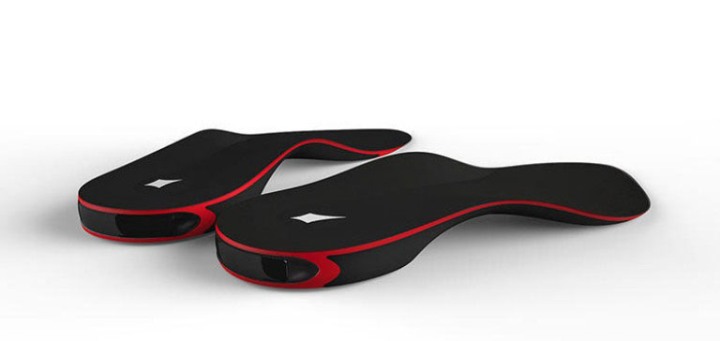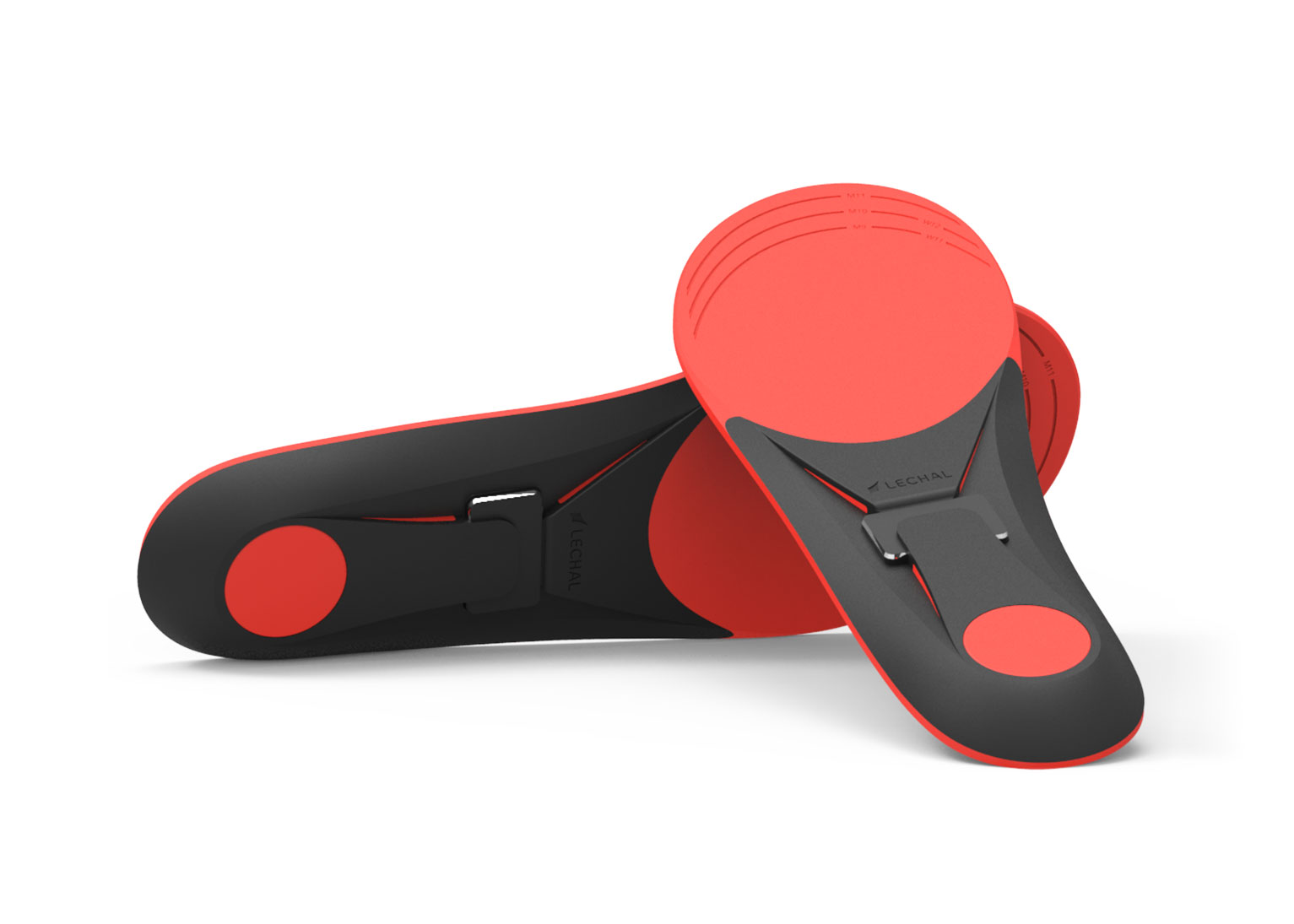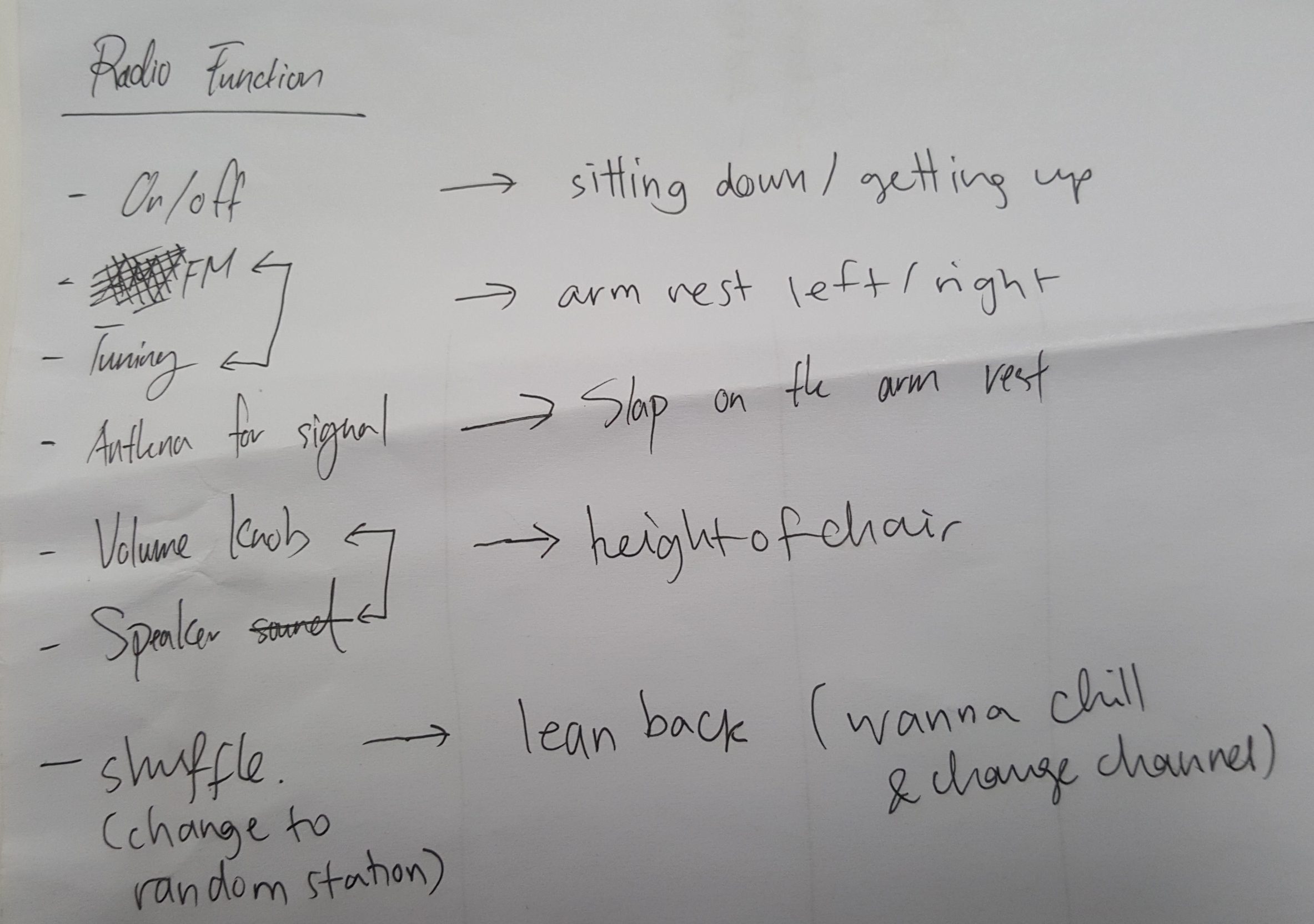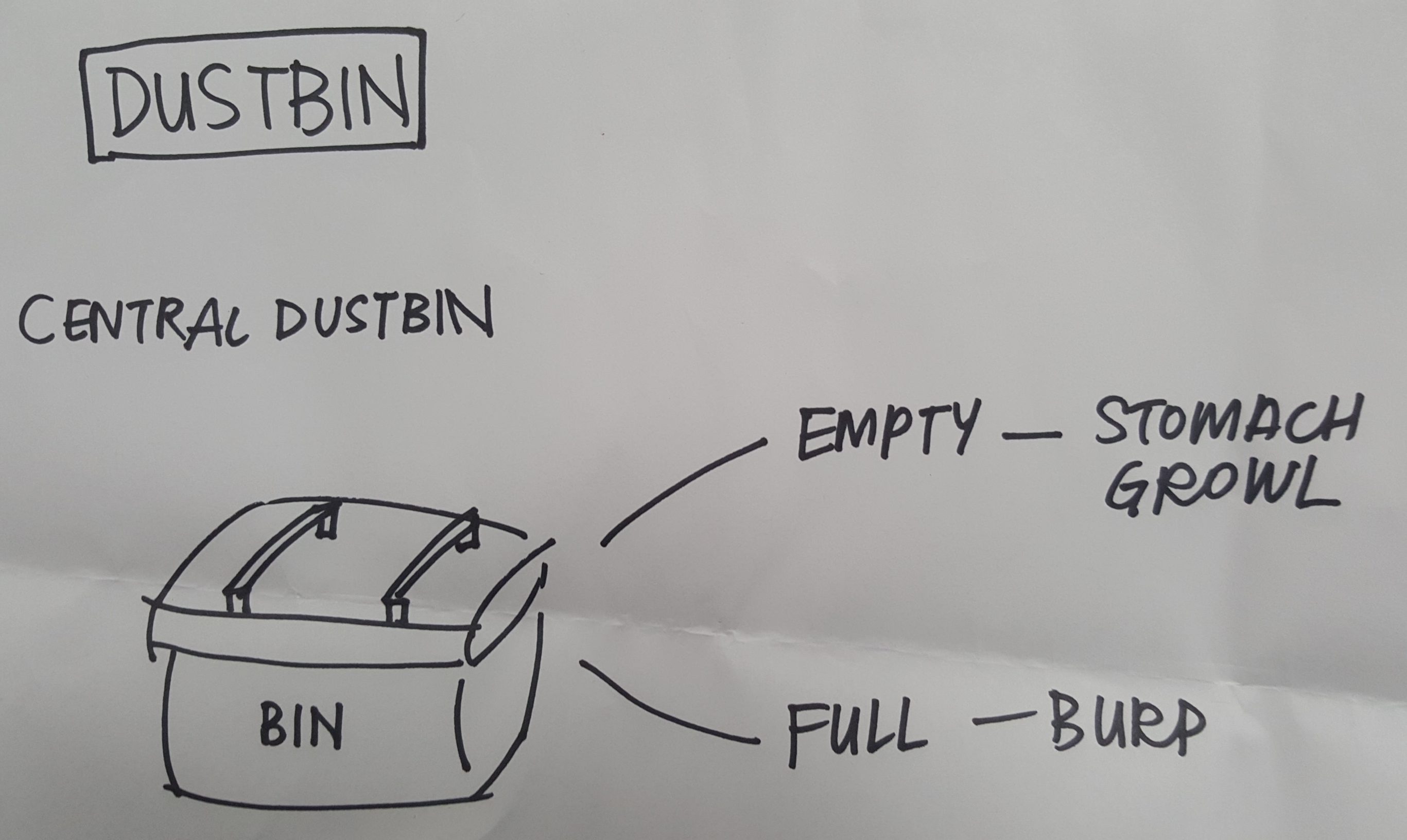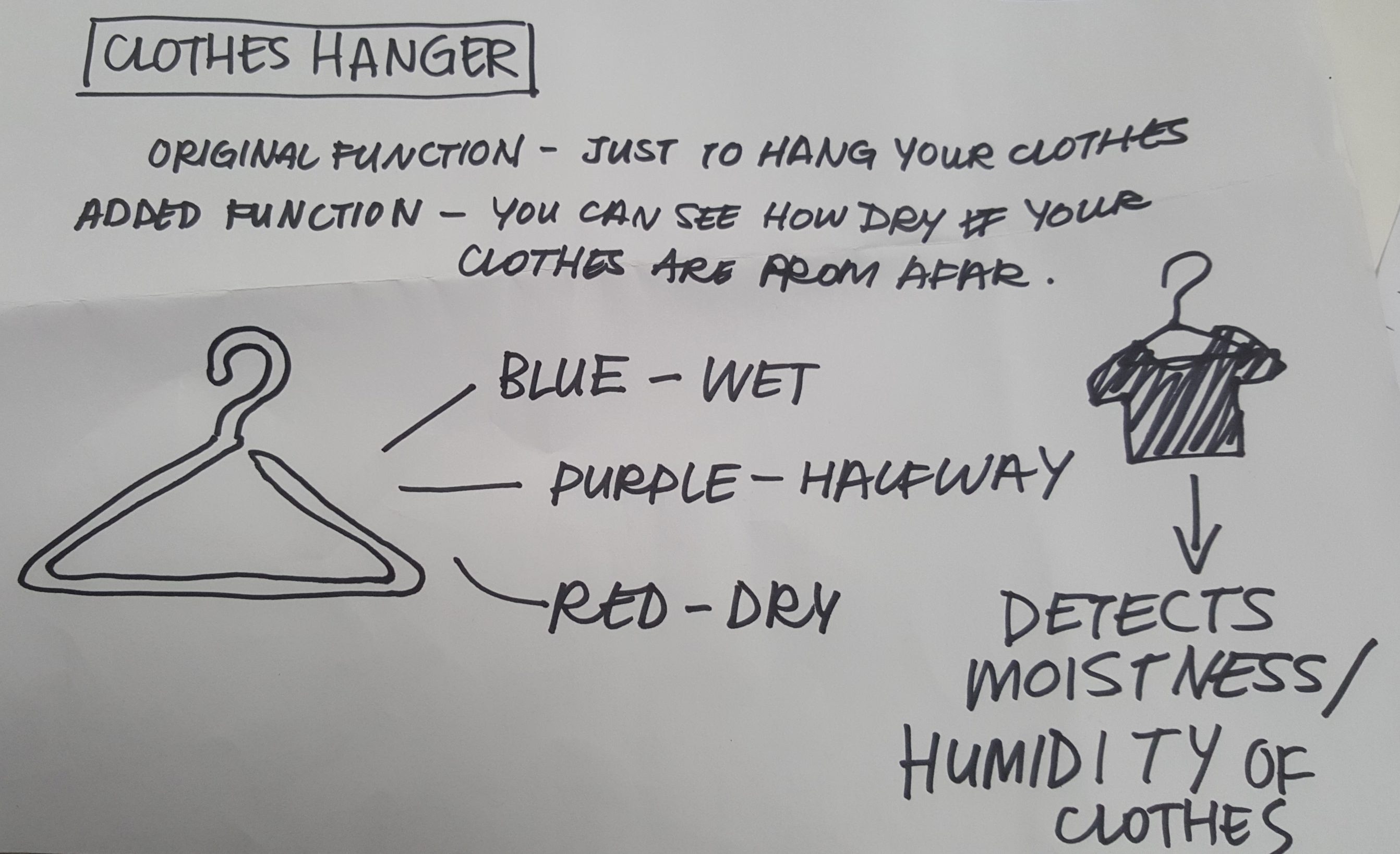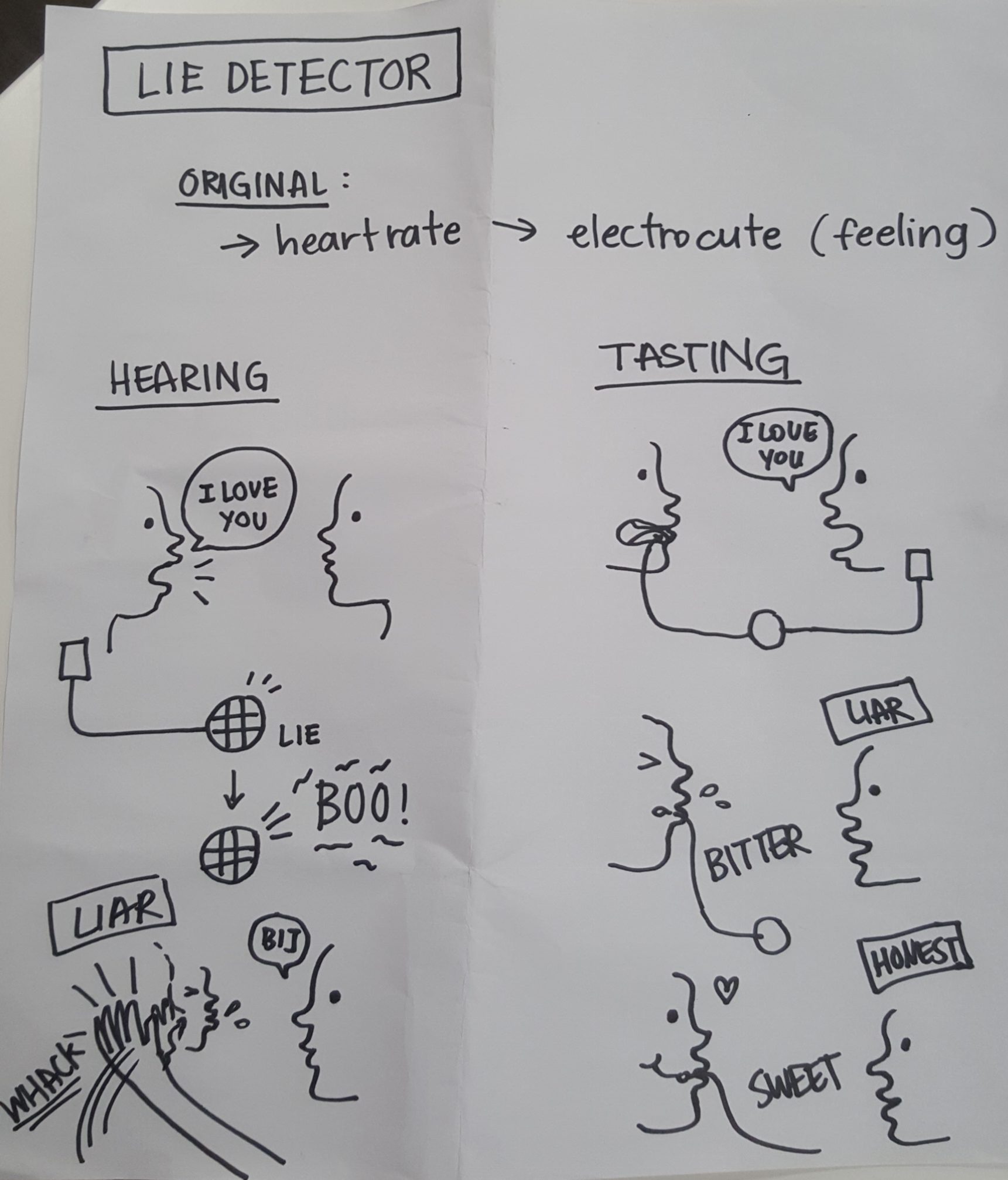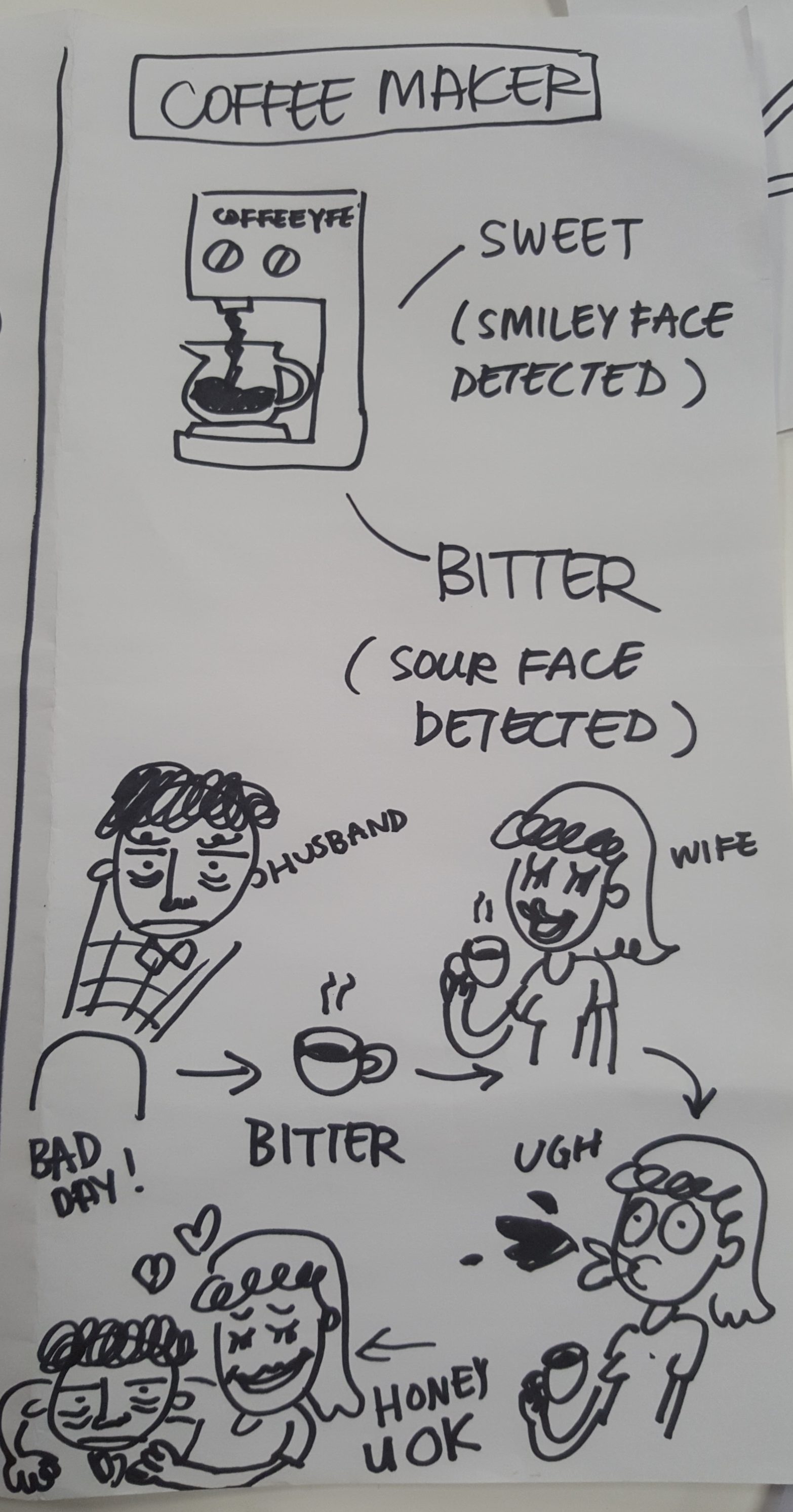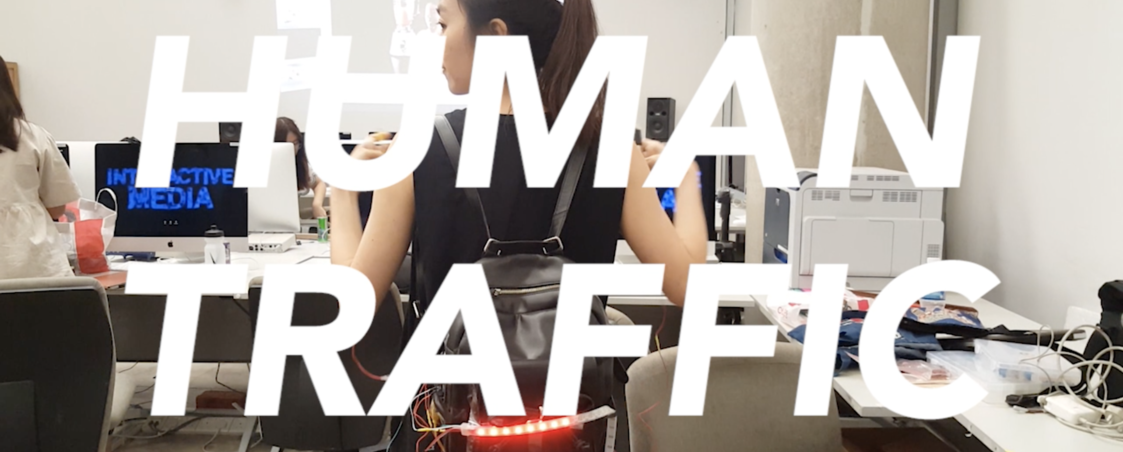Here’s a saved video of our split screen live broadcast!
Ling Ern and I thought of the concept of “teleportation” through the third space, which is a common idea in science fiction. We decided to teleport food from one place to another through the third space.
This was filmed in separate places in ADM. We had a list of food that we wanted to share, and how we wanted to interact with them. From just passing food from one side to the other, to sharing the food together, to passing an object back and forth and it “transforming” when passed around.
The outcome I would say is really fun to watch, almost as if it was edited, but in actuality done live. Many videos like this are available on the internet, and these composite videos mimic visual effects.
If we had more of the props, we could have done more takes to perfect the synchronisation.
Even though the end result is not as seamless as we would like it to be, we thought that it was a really fun video to do in the end. After multiple tries, and problems with doing split screen on Facebook live on android phones, we were finally able to resolve connection, broadcast issues and do a full take.
Here’s the full video on Facebook:
Posted by Clarita Saslim on Tuesday, 25 September 2018
The only unfortunate thing other than the imperfectly synced parts is that some of the comments from my friends during the live broadcast were gone. In the video you can hear me reacting to their comments, however they did not appear in the final post when I shared the live video.
A friend asked me to do a virtual high five with Ling Ern at the end of the video, but sadly Ling Ern had logged out at that point of time haha.
Even though Ling Ern and I were in different places, we could interact as if we were right next to each other, defying any physical boundaries or geographical situations.
The third space really gives humans unlimited connectivity, and in the future, I think haptic connectivity would be developed even further. Maybe we would even be able to interact with physical, tactile avatars of people from across the world. Who knows?








